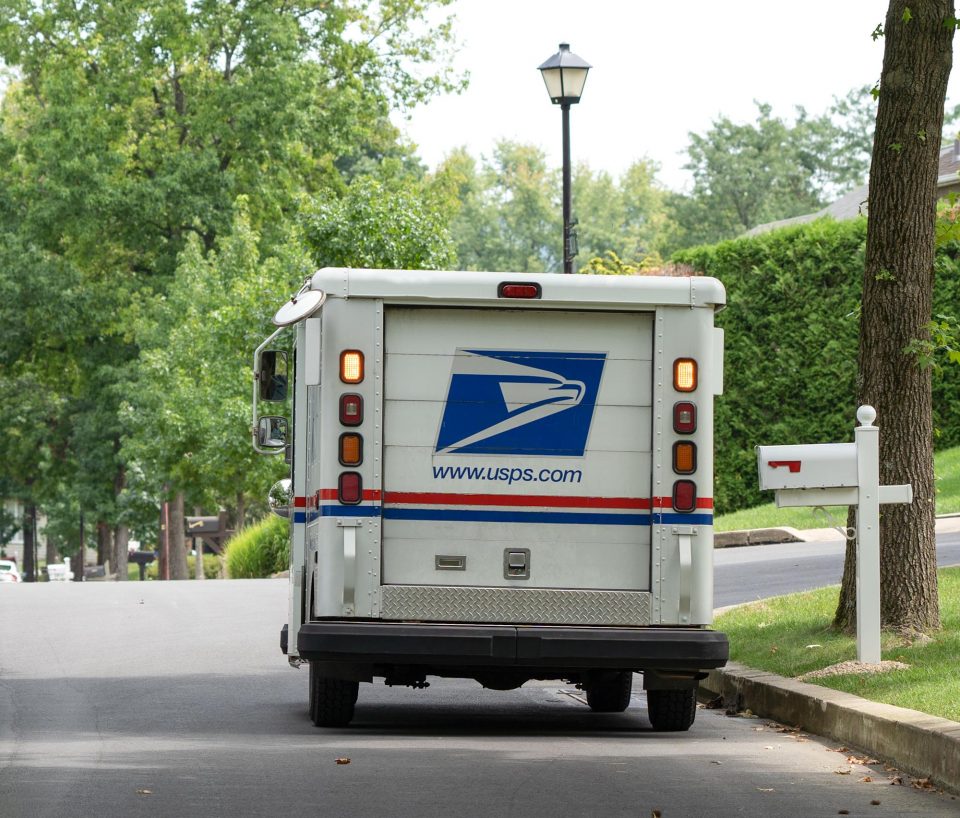By Michael Levenson
Americans would have to pay more to mail a letter under a series of price increases that the Postal Service proposed on Friday as part of a plan intended to reverse $160 billion in projected operating losses over the next decade.
Under the proposal, the price of a first-class stamp would increase for the first time since Jan. 27, 2019, to 58 cents from 55 cents. A postcard would increase to 40 cents from 36 cents and an international letter to $1.30 from $1.20.
The Postal Service said that the changes would take effect on Aug. 29, if approved by the Postal Regulatory Commission.
The proposed changes are part of a 10-year plan recently unveiled by the beleaguered agency, which has been reeling under nationwide delivery delays and falling use of traditional mail.
The plan would also lengthen promised delivery times, reduce post office hours, consolidate locations, limit the use of planes to deliver the mail and loosen the delivery standard for first-class mail to within five days in the continental United States from within three days.
The Postal Service said its aim was to achieve financial stability and meet its 95% target for on-time delivery, as it confronts heavy financial losses and declining mail volume. Over the last 10 years, mail volume has plummeted by 46 billion pieces, or 28%, the agency said.
The agency, which is supposed to be self-sustaining, has lost $87 billion in the past 14 fiscal years and is projected to lose an additional $9.7 billion in fiscal year 2021 alone.
The proposed rate increases came after the Postal Regulatory Commission announced new rules in November 2020 intended to give the agency greater flexibility to set mail prices.
The postmaster general, Louis DeJoy, a Trump megadonor who has faced criticism over his handling of the agency, said in a statement that, for the past 14 years, the agency had “limited pricing authority to respond to changing market realities.”
The Postal Service and the Board of Governors “are committed to judiciously implementing a rational pricing approach that helps enable us to remain viable and competitive and offer reliable postal services that are among the most affordable in the world,” DeJoy said.
Democrats have sharply criticized the 10-year plan. In March, House Speaker Nancy Pelosi of California vowed to advance an infrastructure bill “to ensure that the Postal Service has the resources needed to serve the American people in a timely and effective manner.”
Last week, a bipartisan group of senators also introduced legislation intended to address the agency’s dire finances.
The legislation would eliminate the requirement under a 2006 law that the Postal Service pre-fund its health benefits for retirees and would integrate its health care with Medicare, which the senators and the Postal Service both estimate could save the agency more than $40 billion over the next decade.
Sen. Rob Portman of Ohio, the top Republican on the Homeland Security and Governmental Affairs Committee, said in a statement that the legislation, along with DeJoy’s 10-year plan, could “help turn around the substantial losses at the Postal Service over the last decade and ensure self-sustaining, high-quality postal service for all Americans.”
c.2021 The New York Times Company


